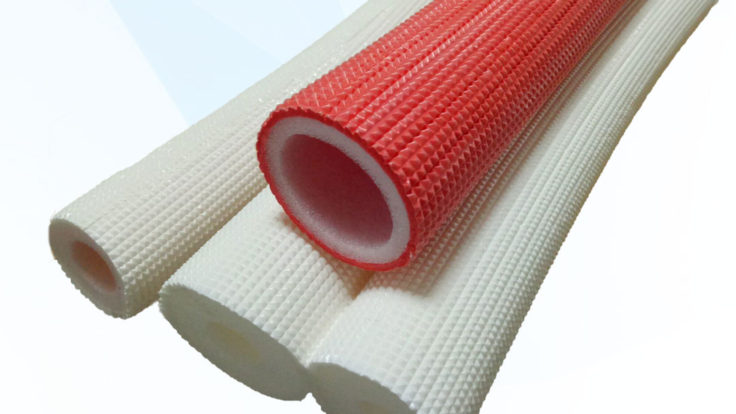The Thermal Insulation Properties of Wood: Unveiling Nature's Efficient Heat Barrier
Wood, a natural and versatile material, has been used for centuries in various applications, ranging from construction and furniture to art and crafts. Beyond its aesthetic appeal and structural integrity, wood possesses remarkable thermal insulation properties that make it an excellent choice for maintaining comfortable indoor environments. In this article, we delve into the question: Does wood insulate heat? We explore the scientific principles behind wood's insulation capabilities, its advantages over other materials, and its relevance in today's energy-efficient world.
- Cellular Structure and Thermal Conductivity:
Wood's unique cellular structure plays a crucial role in its thermal insulation properties. Under a microscope, wood reveals a complex network of cells, including hollow tubes called tracheids and vessels responsible for water transport. These cells are filled with air, which acts as an insulating medium. The presence of air pockets within the wood's structure significantly reduces its thermal conductivity, impeding the transfer of heat. - Moisture Content and Thermal Resistance:
Another factor that contributes to wood's insulation efficiency is its ability to absorb and release moisture. Wood is hygroscopic, meaning it can absorb and desorb moisture from the surrounding environment. Moisture content affects wood's thermal resistance, with dry wood exhibiting better insulation properties than wet wood. This property makes wood an ideal material for regulating humidity levels and preventing heat loss or gain. - Thermal Mass and Energy Efficiency:
Wood possesses a moderate thermal mass, which refers to its ability to store and release heat slowly. This characteristic helps stabilize indoor temperatures by absorbing excess heat during the day and releasing it gradually at night. By reducing temperature fluctuations, wood contributes to energy efficiency, reducing the need for excessive heating or cooling systems. - Comparative Advantages of Wood Insulation:
When compared to other commonly used building materials like concrete, metal, or glass, wood offers several advantages in terms of thermal insulation. Unlike metals, wood has a lower thermal conductivity, making it a superior insulator. Additionally, wood's cellular structure provides a natural barrier against heat transfer, while metals and glass tend to conduct heat more readily. Wood's insulation properties also surpass those of concrete, which has higher thermal conductivity and lower thermal resistance. - Sustainable and Eco-Friendly Solution:
In today's environmentally conscious world, the sustainability of building materials is of utmost importance. Wood, being a renewable resource, offers a sustainable and eco-friendly solution for thermal insulation. Properly sourced and managed forests ensure the continuous supply of wood, making it a viable long-term option. Additionally, wood's low embodied energy, compared to energy-intensive materials like concrete or steel, contributes to a reduced carbon footprint.
Conclusion:
Wood's ability to insulate heat is a result of its unique cellular structure, moisture content, and thermal mass. Its natural properties make it an excellent choice for maintaining comfortable indoor environments while promoting energy efficiency. As we strive for sustainable and eco-friendly solutions, wood's thermal insulation capabilities position it as a valuable material in the construction industry. By harnessing the power of wood, we can create energy-efficient buildings that provide both comfort and environmental benefits.

Post Comment